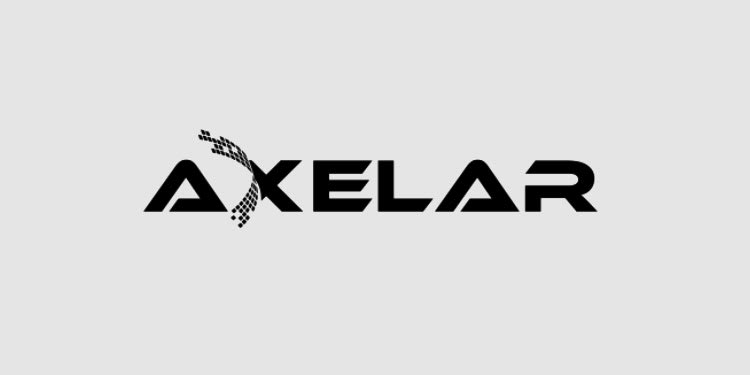Optimism + Axelar Bridge Analysis
This analysis investigates the usage patterns of users who have utilized Optimism and Axelar bridges.
The aim is to understand the extent of the overlap between the user bases of these two platforms and to determine the actions taken by users on both networks.
One of the key objectives of this analysis is to determine the number of unique Ethereum addresses that have used Optimism and at least one of the Axelar bridges. By doing so, we can identify the shared user base between these platforms and evaluate the potential for cross-platform integration.
I also explored the engagement of shared users with decentralized exchanges (DEXs) such as Osmosis, Uniswap, or Velodrome. Specifically, we aim to determine the number of users who have utilized DEXs and those who have provided liquidity (LP) to these exchanges to earn yield.
Axelar offers a decentralized network and a suite of tools and APIs enabling dApp builders to connect easily with multiple blockchain ecosystems, applications, and users. The platform is designed to facilitate frictionless cross-chain communication, allowing developers to overcome the challenges associated with integrating across different blockchain networks. The protocol suite, tools, and APIs provided by Axelar are specifically designed to break down the barriers to cross-chain communication, enabling developers to build more robust and interoperable dApps that can leverage the strengths of multiple blockchain ecosystems.
Optimism is a Layer 2 network that utilizes a blockchain built on top of a Layer 1 network to enhance transaction speed and reduce fees. This architecture allows for more efficient and cost-effective transactions, making it an attractive option for developers seeking to build scalable decentralized applications (dApps). There are various ways in which Layer 2 networks can be designed and implemented. The developers behind Optimism have devised innovative solutions to address the unique challenges of this approach.


To extract Ethereum addresses, I first obtained all EVM addresses from the GMP bridge and IBC transfers. In the next step, I extracted all users from the Optimism Native Bridge and merged these tables to identify users who had used both the Axelar and Optimism chains. I could extract Osmo addresses from the Axelar IBC transfers used to transfer assets to and from Ethereum.
Based on these data sets, I selected Osmosis Zone on Osmosis, Velodrome on Optimism, and Uniswap on Ethereum. By filtering the Swap and Liquidity tables for each DEX, I only included users who had utilized both the Optimism and Axelar bridges.